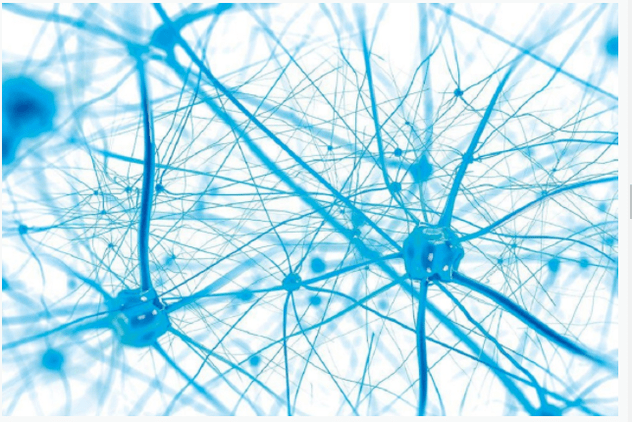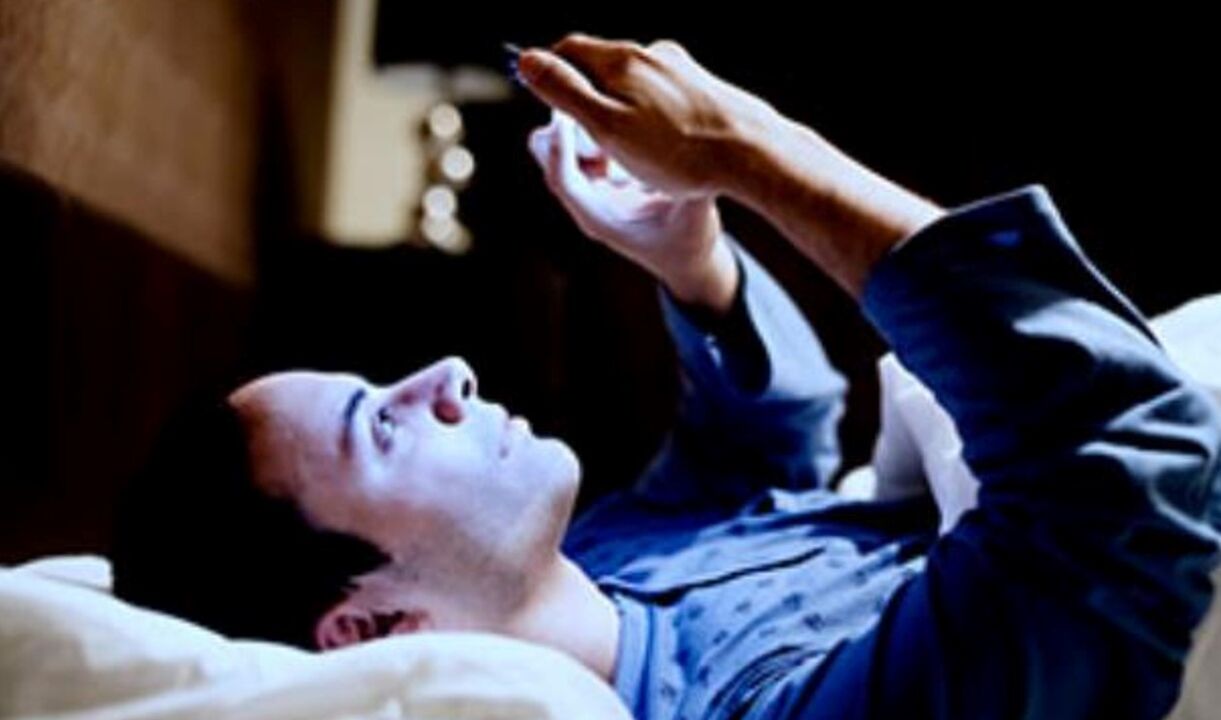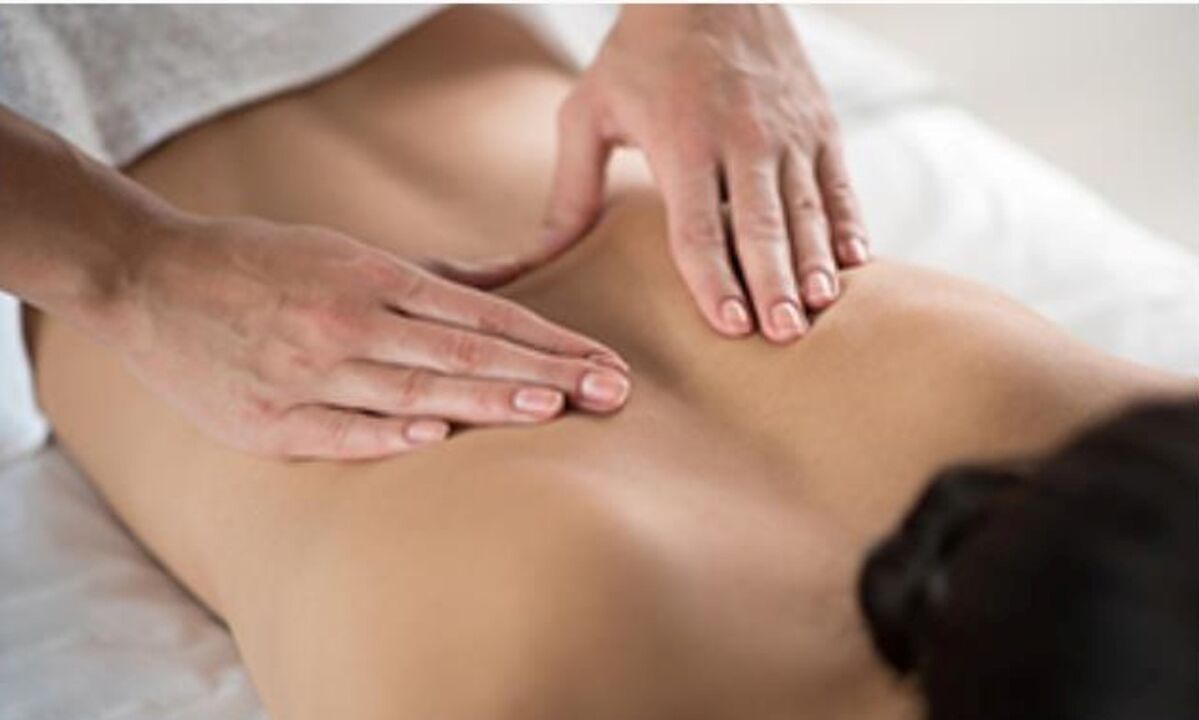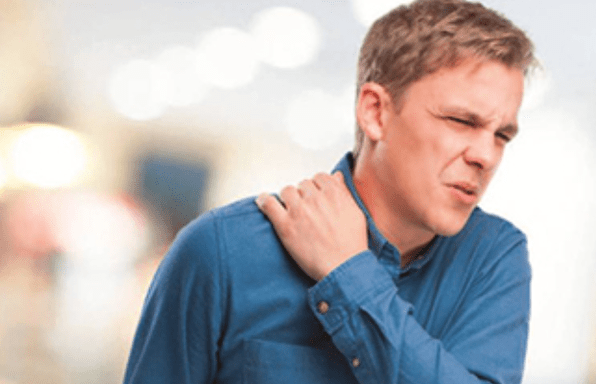Osteochondrosis is a complex of pathological anatomical and functional disorders associated with degenerative changes in the intervertebral discs. This condition develops slowly and with timely intervention, good results can be achieved with simple conservative measures.
Causes and symptoms of osteochondrosis of the cervical spine
The vertebrae of the cervical spine experience increased stress associated with the mobility of the neck and head. The anatomy of this segment contributes to the risk of displacement of the vertebrae with sudden or atypical head movements, and a weak muscle corset does not protect the spine from damage. The causes of osteochondrosis of the cervical spine have not been fully understood, and the course is asymptomatic in most cases. This leads to the fact that most patients seek medical help rather late. Lead to the development of osteochondrosis:
- impaired posture, instability of the structures of the spine;
- trauma, connective tissue dysplasia;
- genetic predisposition;
- sedentary work or being in a forced position for a long time, lack of sufficient physical activity;
- unbalanced nutrition, lack of vitamins and minerals in the diet.
Degenerative changes in ligaments and cartilage cause compression of arteries and nerve trunks, causing cerebral circulation disorders and pain syndrome. The characteristic symptoms of this condition are easy to recognize.
- Painful sensations in the back of the head, neck, shoulders. When tilting or turning the head, a characteristic crisp sound can be heard. Pulling pains can radiate to the thoracic region, there is a burning sensation between the shoulder blades.
- Feeling of exhaustion, insomnia, chronic fatigue and frequent headaches. With cervical osteochondrosis, the headache is concentrated in the occipital region and radiates to the lateral parts of the neck.
- When tilting the head, there may be a feeling of numbness in the hands and fingers.
- Chest pains, nausea, dizziness.
Methods of diagnosis and treatment of osteochondrosis of the cervical spine
The diagnosis is made by an orthopedic surgeon or neurologist based on examination, X-ray or computed tomography of the spine. If an intervertebral hernia is suspected, an MRI scan will be required, and to assess functional circulatory disorders - rheoencephalography and a study of the fundus.
Conservative therapy includes symptomatic measures (pain relief, anti-inflammatory therapy, antispasmodics), as well as restoration of natural cartilage tissue using chondroprotectors. Also effective are acupressure, physiotherapy, therapeutic exercises.
Prevention of osteochondrosis of the cervical spine
Regular physical activity and doing exercises to strengthen the muscular system of the back effectively maintain the normal condition of the structures of the spine. Daily gymnastics and monitoring the position of the neck and back during the working day help to normalize blood circulation, relieve excessive stress on certain segments of the spine.
It is also necessary to monitor the diversity of the diet and avoid excess weight. To activate metabolic processes and eliminate muscle spasms, a course of massage, which must be repeated at intervals of 2-3 times a year, helps.
11 Myths in Neurology
These days it is difficult to meet a person who does not need the help of a neurologist. Life in a city with its stresses, bad habits and physical inactivity leads to the fact that most people have at least one health problem related to neurology. Here are just deep-rooted misconceptions and "traditional" medicine prevent patients from reaching a doctor and getting qualified help.
Life in a city with its stresses, bad habits and physical inactivity leads to the fact that most people have at least one health problem related to neurology. Here are just deep-rooted misconceptions and "traditional" medicine prevent patients from reaching a doctor and getting qualified help.
Smartphone Hostages

Morning doesn't start with coffee. Studies show that hundreds of thousands of people first of all, barely opening their eyes, reach for a smartphone - suddenly a message arrives. Then read the news from the screen at breakfast, lunch and dinner. In transport - while away the road for correspondence. In the office - work chat, at home - communication with friends and relatives. Of course, it is convenient when there is so much valuable in one small device - information, communication, entertainment. But hasn't the smartphone become too much in our life?
In the hands of the master

Massage is one of the oldest treatments. No matter what new ways of getting rid of diseases humanity has invented, massage therapists still do not remain idle. And sometimes it is with the skillful hands of a specialist that you can achieve greater results than with medicines and ultra-modern devices.
Tough time of the year

Come to the clinic in the summer - half-empty corridors and silence. But autumn comes, and again doctors have more work to do. And, perhaps, there is no such doctor who would not have increased patients in September-October.
Is the sun friend or foe?

Petersburgers did it - they survived a long dark winter and are ready to see the sun again. Increasingly, it looks into the windows and warms on the streets. Is this not a reason for joy? Or is it not? After all, as you know, what brings pleasure often conceals hidden threats. So it is with the sun.
Self-healing. When it gets dangerous

Perhaps there is no person who does not know what to take for a cold or headache. Everyone has their own "proven means". And advertising suggests solutions for any ailment. You can also ask for advice from friends, a pharmacist at a pharmacy or simply on the Internet. But is everything so simple and convenient? For what diseases can self-medication be dangerous? EMS also has a pharmacy, and our pharmacists regularly face requests from patients to advise on a medicine, and then doctors deal with the results of self-treatment.
Back jokes are bad
No one is immune from back pain. I suddenly lifted a weight, bent awkwardly or stretched - and now something in my back ached and stabbed. At risk are also office workers who, it would seem, do not unload the carriages, do not plow the land, and still suffer from back pain. What to do and to whom to contact when an illness has disrupted plans?
I suddenly lifted a weight, bent awkwardly or stretched - and now something in my back ached and stabbed. At risk are also office workers who, it would seem, do not unload the carriages, do not plow the land, and still suffer from back pain. What to do and to whom to contact when an illness has disrupted plans?

















































